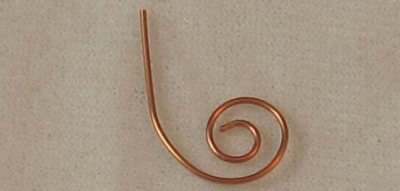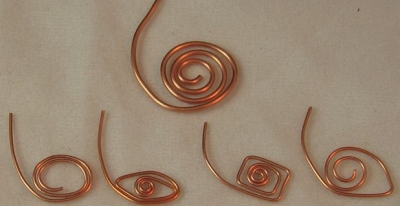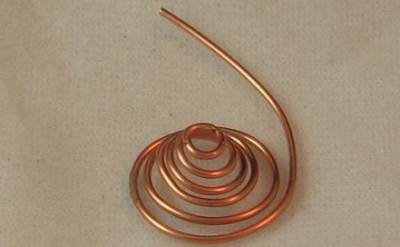Creative Thinking in Jewelry Design Part 2
Part One in This Series Available Here.
Fluency and Flexibility
I hope you had a chance to read the introduction to this series and that you were enticed to want to know more about creative thinking in jewelry design. Although we might use the narrative of numerous pages to define creative thinking, for purposes of this discussion let’s use Dr. Teresa Amabile’s definition and consider that the results of it produce something that is novel and appropriate. While we could have a heated discussion about the term appropriate, it is defined in this text as a piece of jewelry that you or a customer could or would wear.

Creative thinking entails the use of numerous components, the basics of which are fluency, flexibility, originality and elaboration (FFOE). If you are thinking fluently, you will produce many ideas or problem solutions. In order for those ideas to differ one from another, you must also think flexibly. Flexible thinking necessitates the development of ideas from different categories or perspectives. If you are not satisfied with common jewelry designs and if you want to create jewelry that is unique, why not stretch yourself with the conscious use of creative thinking?
Let’s use a simple wire component shown here as an illustration for fluency and flexibility. The April-May 2010 issue of Step by Step Wire Jewelry provided instructions for a linked spirals bracelet using components similar to this spiral. The following picture shows the bracelet that I made using the shape shown above.


Space does not permit pictures of all the shape changes possible, but it is important to stretch yourself and completely exhaust the possibilities in each category prior to moving on. Even if you make a shape and say “that’s the one!” don’t stop making others. How can you be sure that’s the one if you haven’t thought about all possibilities?
Next, I thought about what other category or perspective I might use to do something else different. That question led me to a dimensional change and 3-D links.

While I developed other ideas from this perspective, I wasn’t as fluent here. Still thinking flexibly and trying to stretch my ideas, I wondered what other categories I could use for changes in the links. Consider this list which is by no means exhaustive: changes in wire gauge, type of metal wire, shape of wire such as half round, etc., type of patina, texture, etc. The more categories you consider, the more flexible the thinking.
After an hour or so, I finished making various links and had quite a nice selection of options. I also felt good that I had exhausted my bank of ideas by thinking fluently and flexibly. I might have simply drawn my ideas rather than actually making them, but I find I get more ideas by working with the wire. On occasions when the design I’m trying to change is large, I do employ paper and pencil.
My next step in this “link” problem will be to make a decision about what link or links to use in my unique bracelet. For information regarding that process including a focus on originality and elaboration watch for the next part in the series of The Rubber Band Approach to Developing Creative Thinking in Jewelry Design.
Part One Of This Series Here.
Karen Meador
**Contributing authors are noted in the articles they wrote. All articles are copyright. You can reprint these articles as long as the original author is sited and a link to this website is included. The name Magpie Gemstones must be used as the hypertext.
>







